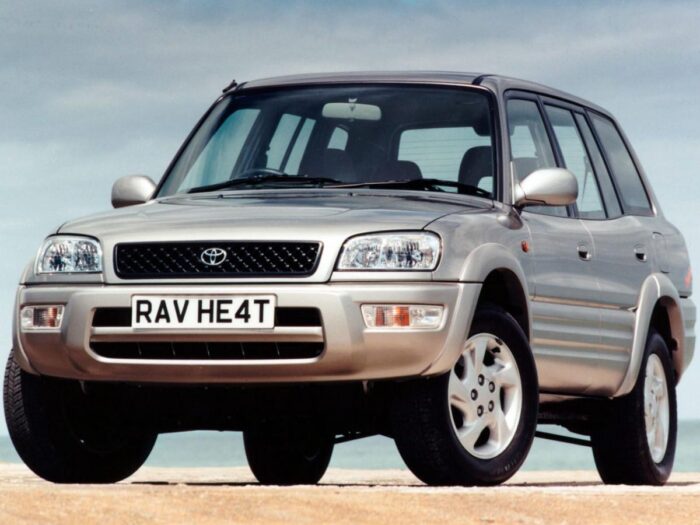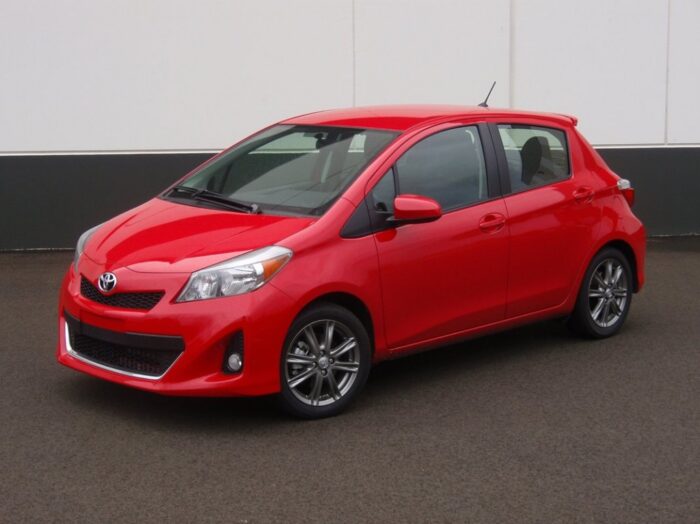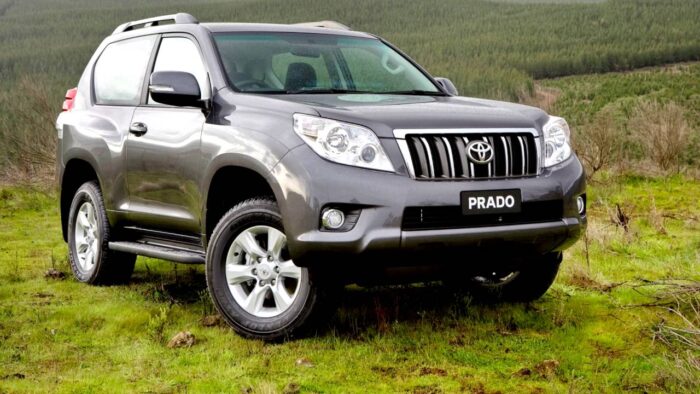Toyota Rav4 (1995 – 2000) Drehmoment der Radmuttern (Radschrauben)
The torque applied to your wheel nuts or lug nuts plays a crucial role in maintaining the integrity and stability of your vehicle’s wheels. It’s important to tighten them properly to avoid any issues while driving. The recommended torque specification for Toyota Rav4 (1995 – 2000) varies depending on whether you have alloy wheels or steel wheels. Here’s a handy table summarizing the torque values:
1995, 1996, 1997, 1998, 1999, 2000

| Anzugsdrehmoment schrauben Tabelle | ||
|---|---|---|
| Lochkreis (Lk): | 5×114.3 (PCD) | |
| Nabe: | 60.1 | |
| Einpresstiefe: | 45 | |
| Radbefestigung: | Schraube – 12 x 1,50 | |
| Felgen: | Alufelgen, Stahlfelgen | |
| Drehmoment für Stahlfelgen: | 103 Nm / 76 lb. ft | |
| Drehmoment für Alufelgen: | 103 Nm / 76 lb. ft | |
Reifengrößen für Toyota Rav4 (1995 – 2000)
Choosing the right tire size is crucial for the overall performance and safety of your Toyota Rav4. Here are some recommended tire sizes for your specific model:
- 195/70R14
- 205/70R14
- 205/70R15
- 215/70R15
These tire sizes provide a balance between comfort, handling, and traction. However, it’s always recommended to check your vehicle’s owner’s manual or consult a tire professional to ensure the best fit for your specific driving needs.
Reifendruck für Toyota Rav4 (1995 – 2000)
Maintaining proper tire pressure is essential for optimal handling, fuel efficiency, and tire longevity. The recommended tire pressure for your Toyota Rav4 is typically listed on a placard located on the driver’s side door jamb or in the owner’s manual. Here’s a general guideline for tire pressure:
- Front tires: 28 – 32 psi (pounds per square inch)
- Rear tires: 28 – 32 psi (pounds per square inch)
Always remember to check and adjust your tire pressure regularly, especially before embarking on long journeys or when carrying heavy loads. Incorrect tire pressure can affect your vehicle’s handling, fuel economy, and overall safety.



